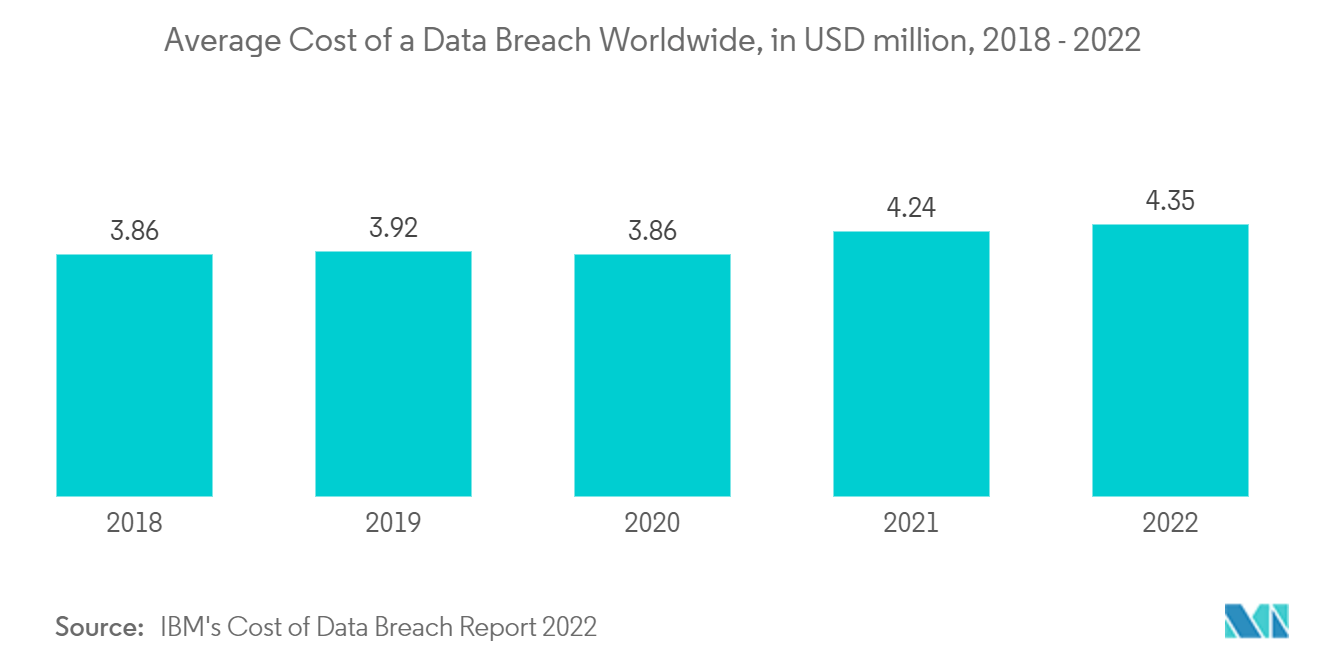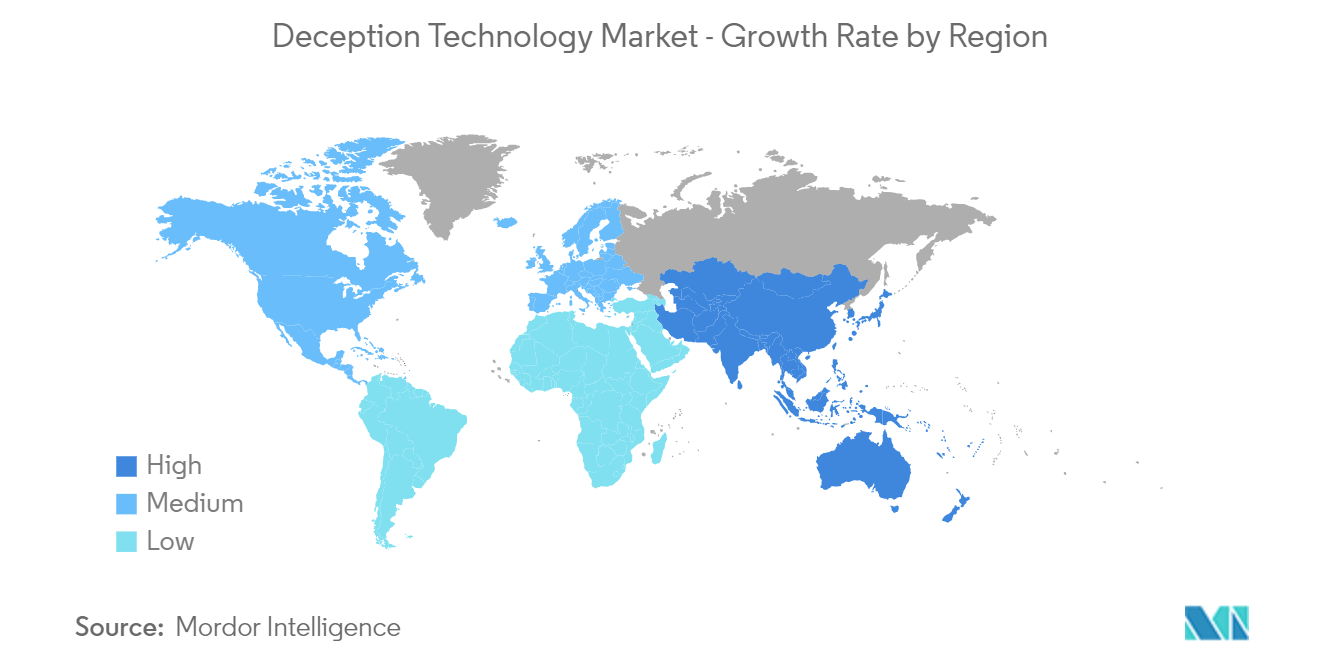Market Trends of Deception Technology Industry
Network Security is expected to grow at a higher pace
- A zero-day attack is a targeted attack in which the attacker discovers software vulnerabilities and exploits them with other hackers until the organization becomes aware of the vulnerability. The zero-day exploit leaves no opportunity for detection initially.
- In 2021, Mandiant Threat Intelligence found 80 zero-day exploits in the wild, which was more than twice as many as the year before. The main actors exploiting zero-day vulnerabilities continue to be state-sponsored organizations with Chinese groups as leaders. The proportion of financially motivated actors deploying zero-day exploits has also increased significantly, with nearly one in every three identified actors exploiting zero-day exploits in the year before being financially motivated.
- Further, threat actors most commonly exploited zero-day vulnerabilities in Microsoft, Apple, and Google products, which reflects the popularity of these manufacturers. The significant growth in zero-day exploitation in the previous year, as well as the diversification of actors exploiting them, broadens the risk portfolio for businesses in practically every industry area and geography, particularly those that rely on these widely used systems.
- According to the research, a variety of factors contribute to an increase in the number of zero-day exploits. For example, the continued adoption of cloud hosting, mobile, and Internet-of-Things (IoT) technologies increases the volume and complexity of Internet-connected systems and devices. In other words, more software leads to more software flaws. The rise of the exploit broker industry is also likely contributing to this trend, with more resources being moved into zero-day research and development by private organizations, researchers, and threat groups alike.
- Due to the increase in zero-day attacks and APTs, organizations worldwide are deploying deception technologies to detect attacks as early as possible and minimize their effect on sensitive data. Therefore, the growing costs of data breaches, as indicated in the graph, are expected to drive the deception technology market during the forecast period.

North America is Expected to Hold Major Market Share
- The North American region is expected to hold a significant share in the global deception technology market owing to the increasing adoption of deception technology solutions in highly regulated industries such as financial services, health care, and government. Several US states, most notably California with its California Consumer Privacy Act (CCPA), have enacted privacy laws, significantly driving the demand for deception technology solutions among end-user industries.
- California passed a law, separate from the California Consumer Privacy Act, addressing default passwords on IoT devices and IoT vulnerabilities. Owing to this, the National Cybersecurity and Communications Integration Center (NCCIC) introduced the Technical Alert (TA), which provides information and guidance to assist MSP customer network and system administrators with the detection of malicious activity on their networks and systems and the mitigation of associated risks.
- This TA provides an overview of the TTP that APT actors use in MSP network environments, suggestions for mitigation, and details on reporting incidents. The high availability of adequate infrastructure, the presence of numerous global financial institutions, the high frequency of cyber-attacks, and the increased adoption of technologies are expected to drive the growth of the deception technology market in the North American region.
- The major trends responsible for the growth of deception technology in the North American region include the growing number of smartphone devices and an increase in the adoption of social apps, which generate sample data that contains valuable information. This has significantly increased the risk of cyber threats.
- In addition, the presence of prominent market vendors and increasing data volume in various organizations are driving the demand for deception technology solutions in the region. Furthermore, the early adoption of advanced technologies, such as 5G, AI, cloud, and IoT, in various end-user sectors is driving the demand for deception technology solutions at a rapid pace.


